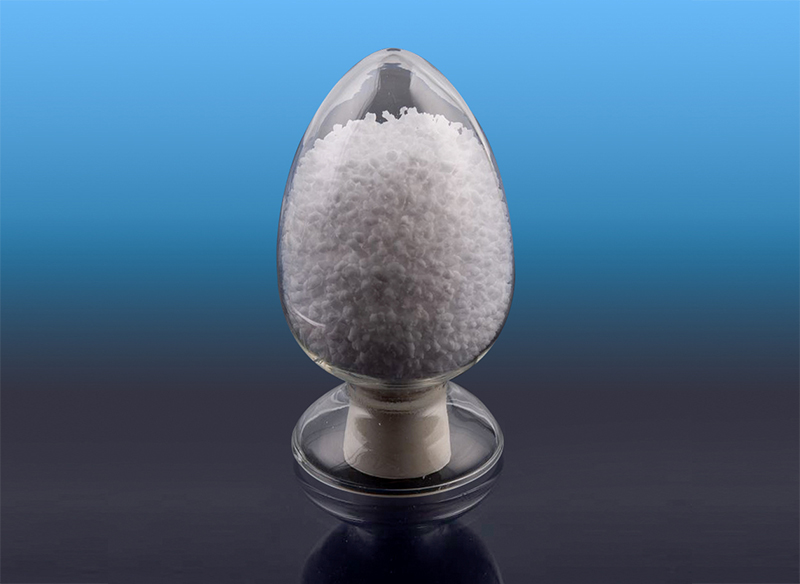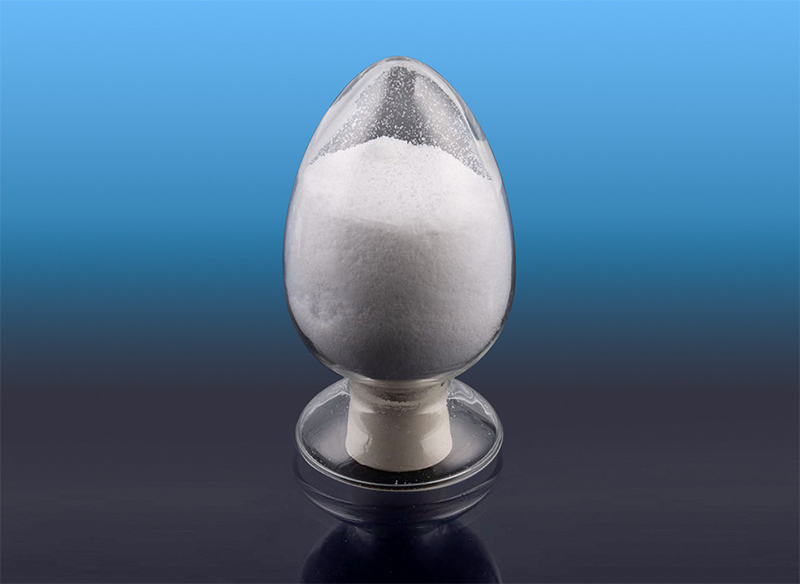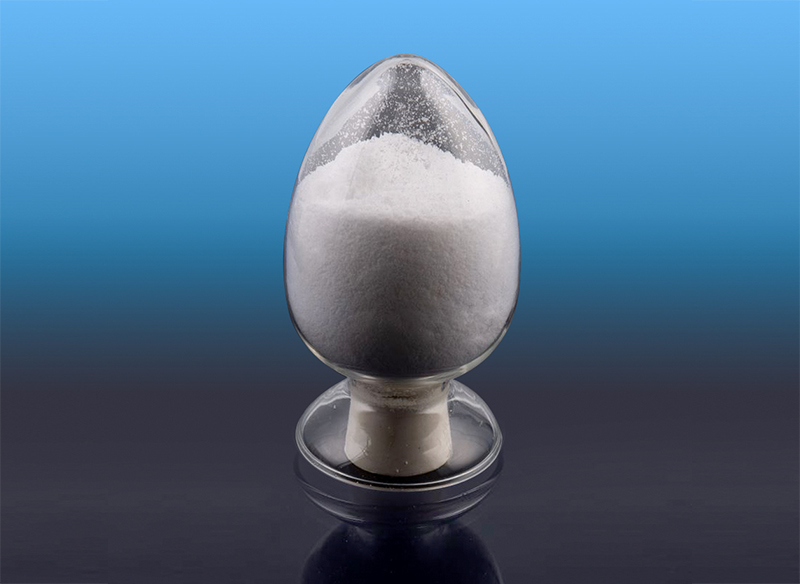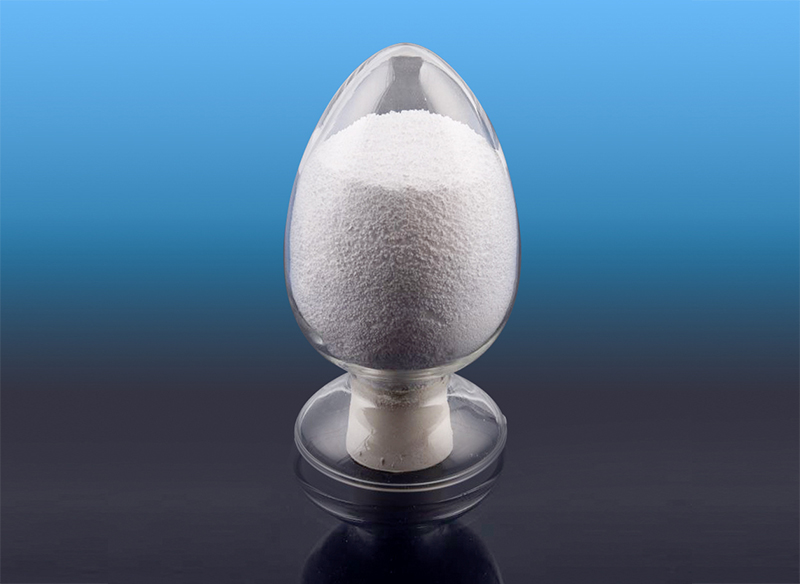Styrene-Butadiene Block Copolymer (SBS): Structure, Properties, and Industrial Applications
1. Molecular Structure and Polymerization Mechanism
SBS is a triblock copolymer typically represented as S–B–S, where polystyrene (S) blocks are located at each end of a central polybutadiene (B) block. The structure is synthesized via living anionic polymerization, a method that enables precise control over molecular weight and block architecture.
-
Polystyrene (S): A rigid, glassy segment with a high glass transition temperature (~100°C), which provides mechanical strength and thermal resistance.
-
Polybutadiene (B): A soft, rubbery segment with a low glass transition temperature (~–90°C), responsible for flexibility and elasticity.
The microphase separation between the styrene and butadiene blocks leads to the formation of discrete polystyrene domains dispersed in a rubbery matrix. These physical crosslinks act like covalent bonds in traditional vulcanized rubbers, granting SBS thermoplastic behavior and enabling melt processing.
2. Key Properties and Performance Characteristics
The dual-phase morphology of SBS gives rise to a set of versatile material properties, making it suitable for a wide range of engineering and commercial uses.
-
Elasticity: SBS behaves like vulcanized rubber at ambient temperatures but softens and flows at elevated temperatures, enabling reprocessing and reshaping.
-
Tensile Strength: The polystyrene end-blocks act as hard domains that reinforce mechanical strength.
-
Solvent Compatibility: SBS is soluble in many hydrocarbon-based solvents, making it ideal for use in solution-based adhesives and coatings.
-
Weather Resistance: Though SBS offers good flexibility, it can undergo oxidative degradation due to the unsaturated nature of the butadiene block, requiring stabilizers for outdoor applications.
-
Thermal Stability: SBS has limited high-temperature performance (typically under 90°C) but is suitable for applications requiring moderate heat resistance.
These properties can be tuned by adjusting the styrene content (typically 25–40%) or by hydrogenating the butadiene block to produce derivatives such as SEBS (styrene-ethylene/butylene-styrene), which offers enhanced UV and thermal stability.
3. Manufacturing Techniques and Formulation Modifications
SBS can be processed using conventional thermoplastic methods including extrusion, injection molding, blow molding, and thermoforming. For compounders and manufacturers, SBS can be used in pure form or blended with other materials to tailor performance.
Common modifications include:
-
Blending with resins or oils to modify viscosity and adhesion properties.
-
Incorporating fillers (e.g., carbon black, silica) to improve mechanical strength or reduce cost.
-
Adding stabilizers and antioxidants to prolong product life under environmental stress.
Its compatibility with bitumen and various tackifiers also makes SBS a cornerstone polymer in the formulation of pressure-sensitive adhesives (PSAs) and hot-melt adhesives.

4. Industrial Applications and Market Utilization
The adaptability of SBS has made it a go-to material in several key industries:
Footwear:
SBS is widely used in shoe soles due to its balance of comfort, durability, and grip. It allows for intricate sole designs through injection molding while maintaining slip resistance and impact absorption.
Asphalt Modification:
In road construction, SBS-modified bitumen enhances the flexibility, rutting resistance, and weather durability of asphalt pavements. SBS improves the low-temperature crack resistance and high-temperature performance, leading to longer-lasting roads.
Adhesives and Sealants:
SBS-based hot melt adhesives (HMAs) are favored for their quick tack, strong bonding strength, and flexibility. Applications range from packaging and bookbinding to construction and automotive interior assembly.
Consumer Goods:
SBS is found in toys, handles, and grips due to its soft touch and rubber-like feel. It is also used in hygiene products, especially in nonwoven applications where elasticity and comfort are essential.
Medical and Packaging:
While not the primary material in medical devices, SBS is sometimes used in flexible tubes or film applications where low extractables and high flexibility are required.
5. Environmental Considerations and Recycling Challenges
As a synthetic polymer, SBS poses challenges in sustainability, especially concerning its end-of-life handling. Unlike thermoset rubbers, SBS can be reprocessed, which opens possibilities for mechanical recycling. However, challenges remain:
-
Contamination from fillers and additives complicates recycling streams.
-
Degradation during reprocessing can limit the quality of recycled SBS.
-
Lack of established infrastructure for TPE recycling, especially in construction and road applications.
Efforts are underway to enhance recyclability through:
-
Post-consumer collection systems for footwear and adhesive waste.
-
Devulcanization and re-compounding to reuse SBS in secondary products.
-
Bio-based alternatives for partial replacement of styrene or butadiene monomers.
6. Advances in Research and Future Trends
Recent research has focused on enhancing the sustainability, performance, and functional diversity of SBS:
-
Nanocomposite SBS materials incorporating graphene, montmorillonite, or silica for barrier and mechanical improvements.
-
Functionalized SBS for improved adhesion, compatibility with polar materials, or enhanced UV resistance.
-
Reactive blending with other polymers like EVA or TPU for synergistic performance in specialty applications.
-
Development of bio-derived SBS analogs, aiming to reduce dependence on petrochemical feedstocks.
In the long term, the combination of block copolymer science and green chemistry principles is expected to drive innovations in SBS and its derivatives.





